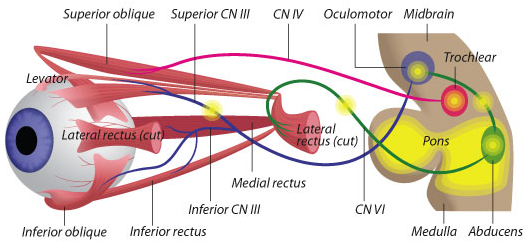The neurology resident that could

Elizabeth Engle used to wait in peoples’ driveways until midnight, hoping to enroll them in her genetic studies of eye-movement disorders. She landed there by chance: during her neurology residency, she saw a little boy whose eyes were frozen in a downward gaze. Wanting to find a solution to a disorder that others had written off, she talked her way into the muscular dystrophy genetics lab of Alan Beggs and Lou Kunkel at Children’s.
Why muscular dystrophy? That tragic muscle-weakening disease somehow spares the eye muscles. Engle thought if Beggs and Kunkel took her on, she could answer two questions at once – what was protecting the eye muscles in muscular dystrophy, and what had caused the little boy’s fixed gaze and droopy eyelids. Plus, she needed laboratory training to study the samples she’d started gathering. “I didn’t have a PhD and was never officially trained in the lab,” she once said. “I didn’t even know how to make chemical solutions.”
Engle’s research career was launched – bringing her into a world of inherited, socially isolating disorders that rob people of the ability to control their eye movements – leaving multiple family members with droopy lids, or unable to look left or right, or up and down, without tilting their head. Or sometimes a combination of these.
Breaking ground in genetic eye-movement disorders
Engle now has a database of more than 1,500 patients from all over the world (who now mostly mail their DNA samples) and multiple genetic discoveries to her credit. Though it seems she occupies a rather odd niche in ophthalmology, she’s also broken new ground in neuroscience – since, ultimately, it’s faulty nerve development and guidance that cause these disorders.
Having written about Engle’s science on several occasions, I’ve seen her tenacity firsthand. But I now appreciate her as a scientific adventurer, willing to step out of her comfort zone, learn new tricks and do whatever it takes to see a problem through. Read more in this wonderful profile in the HHMI Bulletin.
Related Posts :
-

The hidden burden of solitude: How social withdrawal reshapes the adolescent brain
Adolescence is a period of social reorientation: a shift from a world centered on parents and family to one shaped ...
-

A toast to BRD4: How acidity changes the immune response
It started with wine. Or more precisely, a conversation about it. "My colleagues and I were talking about how some ...
-

A unique marker for pericytes could help forge a new path for pulmonary hypertension care
Pulmonary arterial hypertension (PAH) is a rare condition that’s difficult to treat. The hallmarks of the disease — narrowing of ...
-

New research paves the way to a better understanding of telomeres
Much the way the caps on the ends of a shoelace prevent it from fraying, telomeres — regions of repetitive DNA ...





